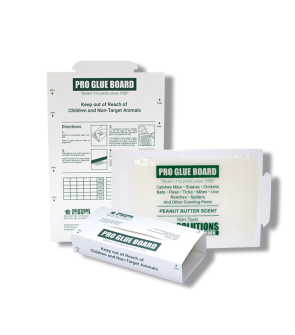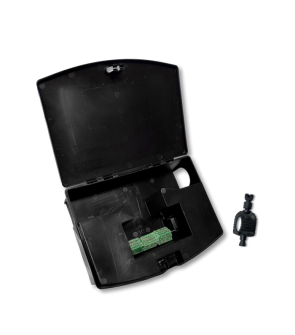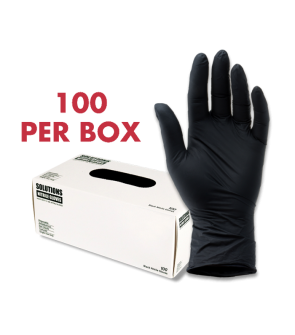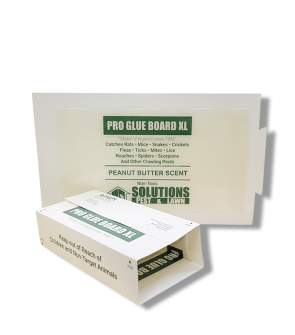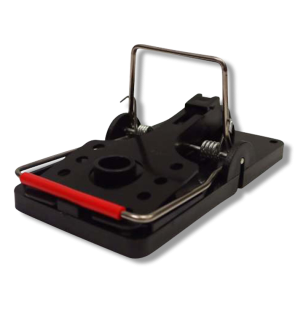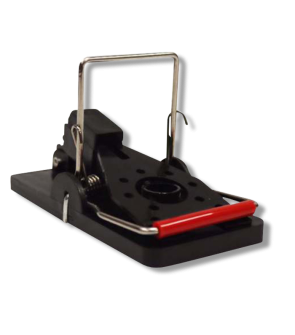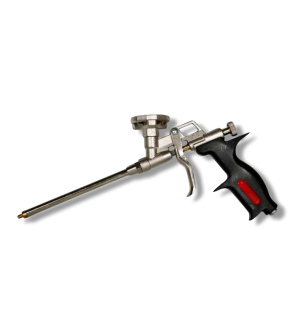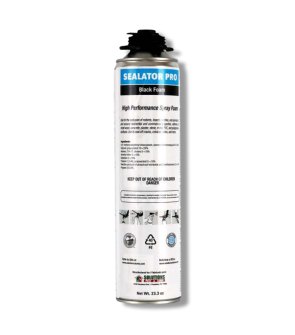Gain access to personalized product screening, the best pricing, rewards, and more!
Most Effective Products
General Rodent Control In California
This page is a general DIY guide that will help you control common rodents within your property through our recommended products and tips. When following the directions on the product labels, local and state laws are still present and must be followed. It is recommended that property owners look at the California state website to see the proper rules and regulations associated with the control of rodents.
Rats and mice are common pests in California, especially in urban, suburban, and agricultural areas. These pests are known carriers of various diseases such as salmonella, and plague, which can spread to humans through droppings, urine, or bites.
In addition, rodents contaminate food supplies and surfaces, posing a significant health risk in homes, restaurants, and food storage facilities. Rats and mice can also cause severe structural damage by gnawing on wires, insulation, and wood, which can lead to costly repairs and even fire hazards from chewed electrical wiring.
This article is aimed at property owners facing a rat or mouse infestation in California. If you have questions about certain rodenticides, we suggest contacting the California Department of Pesticide Regulation (DPR), as we cannot sell these products in that state.
Non-pesticides are available for purchase from our store's website to California.
Identification
Before you can carry out a treatment program, you need to be certain that the invading pest you are dealing with is a rat or mouse and not some other rodent. Generally, rats and mice will appear the same, but each species will have its own significant differences. Based on the species, the treatment approach may vary.
In the image above: you will see a house mouse on the left, a Norway rat in the middle, and a roof rat on the right.
The general characteristics of each rodent species can be seen below. If you are not seeing the rodent you are looking for be sure to check out our rodent control library.
- House mice - are small, slender rodents with gray or light brown fur on their bodies and lighter-colored bellies. They have large rounded ears, a pointed snout, and a long, thin tail covered in light fuzz. Adult house mice are typically around 3 to 4 inches long, excluding the tail. They are mainly found indoors.
- Deer mouse - are small rodents with brown or reddish-brown fur on their backs and white fur on their bellies and towards their feet. They have large, round ears, a pointed snout, and a long, bi-colored tail. Adult deer mice typically measure 2 to 3 inches in body length, excluding the tail. They mainly live outdoors.
- Norway rat - are large, stocky rodents with brown or gray coarse fur and a lighter-colored belly. They have small ears, a blunt snout, and a thick, scaly tail that is shorter than their body length. Adults typically measure 7 to 9 inches long, with tails adding another 8 inches. They prefer to nest in ground-level sites.
- Roof rat - are slender, agile rodents with smooth black or dark brown fur and a lighter-colored belly. They have large ears, a pointed snout, and a long, scaly tail that is longer than their body length. Adults typically measure 6 to 8 inches, with tails adding another 7 to 10 inches. They are more likely to be found nesting in elevated areas.
Inspection

Where to Inspect
Indoors: Check the kitchen, pantry, basement, crawlspace, attic, roof space, wall voids, ceilings, garages, and storage buildings.
Outdoors: Check the perimeter of the building, shed, garage, and storage house. Be sure to also look around wood piles, trashcans, and compost bins.
What to Look For
When inspecting for rat and mouse activity, look for droppings, which are small, dark, and pellet-shaped - mouse droppings are about 1/4 inch, while rat droppings are larger, around 3/4 inch.
Check for gnaw marks on food packaging, wires, furniture, and baseboards.
Grease trails along walls or floorboards indicate frequent rodent movement.
Scratching noises in walls, ceilings, or attics suggest nesting activity. Look for nests made of shredded paper, fabric, or insulation in hidden areas like attics, basements, or behind appliances.
Urine stains, a musky odor, and tracks or tail marks in dusty areas are also signs of an infestation.
What To Do For Rodents in California
Due to strict regulations on rodenticides, using Integrated Pest Management (IPM) is the most effective and legal approach.
Second-generation anticoagulant rodenticides (SGARs) are banned for most uses due to wildlife risks. The use of First-Generation Rodenticides (FGAR) is restricted.
Prevention & Exclusion
The first step in IPM is exclusion - sealing entry points such as cracks, gaps, and holes in walls, doors, and windows with materials like copper mesh or rodent foam sealant.
Seal weep holes, voids in brickwork, and other voids between plumbing and foundation with Stuf-Fit Copper Mesh. Any larger holes that cannot be filled with this mesh should be sealed with Solutions Sealator Pro Black Foam.
The Solutions Sealator Pro Black Foam is a high-performance spray foam that creates airtight seals to block rodents, insects, reptiles, and animals around residential and commercial properties.
Make sure the surface where you plan to apply the foam is clean, dry, and free of dirt, dust, or debris. This ensures better adhesion.
Connect the Solutions Sealator Pro Black Foam to the spray gun.
Shake the Sealator Pro Black Foam can vigorously before use to ensure the foam expands properly.
Press the gun's trigger nozzle gently to release the foam into the space. The foam will expand as it cures, so don’t overfill the area.
The foam will expand to fill the void and create a durable, pest-resistant seal.
Eliminating food and water sources is also essential, so food should be stored in airtight containers, and trash should be disposed of regularly.
Fixing leaks and cleaning up spills can help deprive rodents of drinking water.
Monitoring










 Using snap traps is one of the most effective ways to control rodents, particularly rats and mice, in a safe and humane manner.
Using snap traps is one of the most effective ways to control rodents, particularly rats and mice, in a safe and humane manner. 